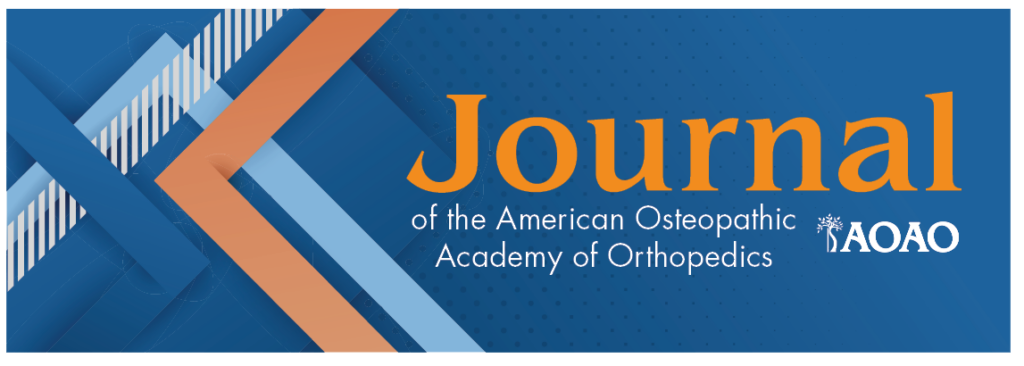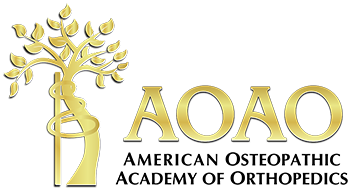1Checketts J, 2Howard C, 3Fishbeck K, 1Hughes G, 1Hanson C
1Oklahoma State University, Tulsa, Oklahoma; 2University of Oklahoma, OKC, OK, USA; 3Azalea Orthopaedics, Nacgodoches, TX, USA
Introduction
Medial ulnar collateral ligament (UCL) injuries of the elbow are common among Major League Baseball (MLB) pitchers due to repetitive valgus stress and microtrauma, often requiring UCL reconstruction (UCLR). Postoperative performance has been investigated as this was once a career-ending injury, with varying and inconclusive evidence. Therefore, the goal of this study is to evaluate changes in pitching and performance metrics after UCLR among MLB pitchers to provide up to date evidence for players, coaches, and sports medicine professionals.
Hypothesis/Purpose
There is no significant change in pitch selection or strikeouts per nine innings after UCL reconstruction in MLB pitchers.
Methods
A publicly available list of baseball players with confirmed UCLR (Tommy John Surgery List) was screened by two authors to identify MLB pitchers that underwent primary UCLR between 2010-2021. Inclusion criteria consisted of playing at least 20 MLB games in a season, within 2 seasons of surgery, before and after UCLR. Pitchers with multiple UCLRs or supplemental procedures were excluded. Data collection was conducted in a blind, duplicate manner by two authors. Included players were searched on Brooks Baseball and Baseball Reference to collect pitching and performance metrics for presurgical and postsurgical seasons. Velocity (miles per hour (mph)) and pitch selection frequency (%) for fastball, curveball, changeup, and slider were collected for pitching metrics. The following performance metrics were collected: games played (regular season), earned run average (ERA), strikeouts per nine innings (K/9), opposing batting average (BA), opposing slugging percentage (SLG), and swinging strike percentage (S/Str%).
Results
Eighty-one (N = 81) MLB pitchers were included for analysis. UCLR was associated with a statistically significant reduction in fastball velocity (mean difference -0.54 mph, p < 0.001, d = 0.4) and frequency (mean difference -5.9%, p < 0.001, d = 0.54), with medium effect sizes. Curveball velocity also demonstrated a statistically significant decrease with a moderate effect size (median difference -0.25 mph, p = 0.028, r = 0.37). K/9 declined with statistical significance and a small effect size (mean difference -0.52, p = 0.024, d = 0.26). UCLR had a small and nonsignificant effect on the number of games played and slider frequency.
Conclusion
Pitchers that returned to play at the professional level threw fewer fastballs and had a decreased K/9 following UCLR. Our data also demonstrates a decrease in velocity following UCLR. This may be a result of altered pitching mechanics, coaching strategy, player preference, and/or limitations placed by medical staff. This study elucidates key adjustments that occur following UCLR, including reductions in fastball velocity and frequency, curveball velocity, and K/9. These findings highlight the nuanced impact of UCLR on pitching behavior and player adaptation and offer valuable insights for pitchers, coaches, and sports medicine professionals. Thus, enabling informed decision-making regarding postoperative expectations and player management strategies.



